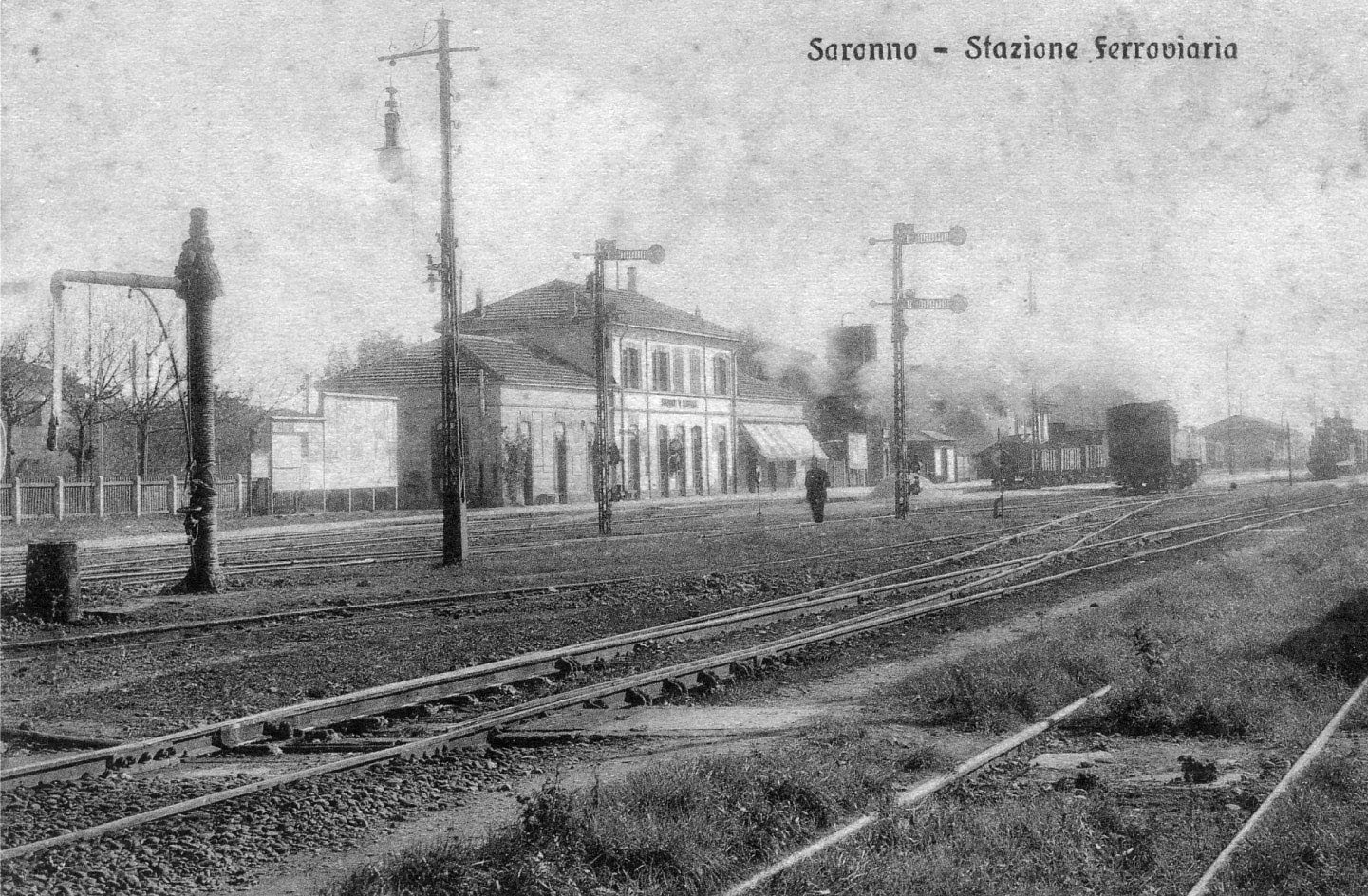
Saronno
“That gallant and cheerful mayor of Milan, Count Gulio Bellinzaghi, speaking on 22 March 1879 to the guests who had made the maiden journey on the Milano-Saronno railway, was not blessed with foresight in his speech, given in his distinctly Milanese accent with his usual scintillating spirit. He predicted that the Milano-Saronno would be the first section of the access line to the Gottardo Railway, which was under construction at the time, and that Saronno was destined to become an internationally important railway junction.
Mayor Bellinzaghi judged the bold plans and ingenious proposals of the promoters and builders of the Milano-Saronno and Milano-Erba railway very favourably, but events were to disrupt these intentions. What should have been an international line became instead one of the most thriving local routes, which in a few short years has given rise to astonishing development throughout the area it crosses...”.
No description of a blunder, taken from the Nord Milano magazine of 1933, could have been more prophetic or have better described the role that Saronno has long played in the development of the surrounding area as the nerve centre of the railway infrastructure, destined to expand over time and absorb all the agricultural and industrial activities which were increasingly gravitating towards it.
Listen to the audio
Main dates
-
1900 - The early 1900s
Saronno station on a postcard from the very early 1900s
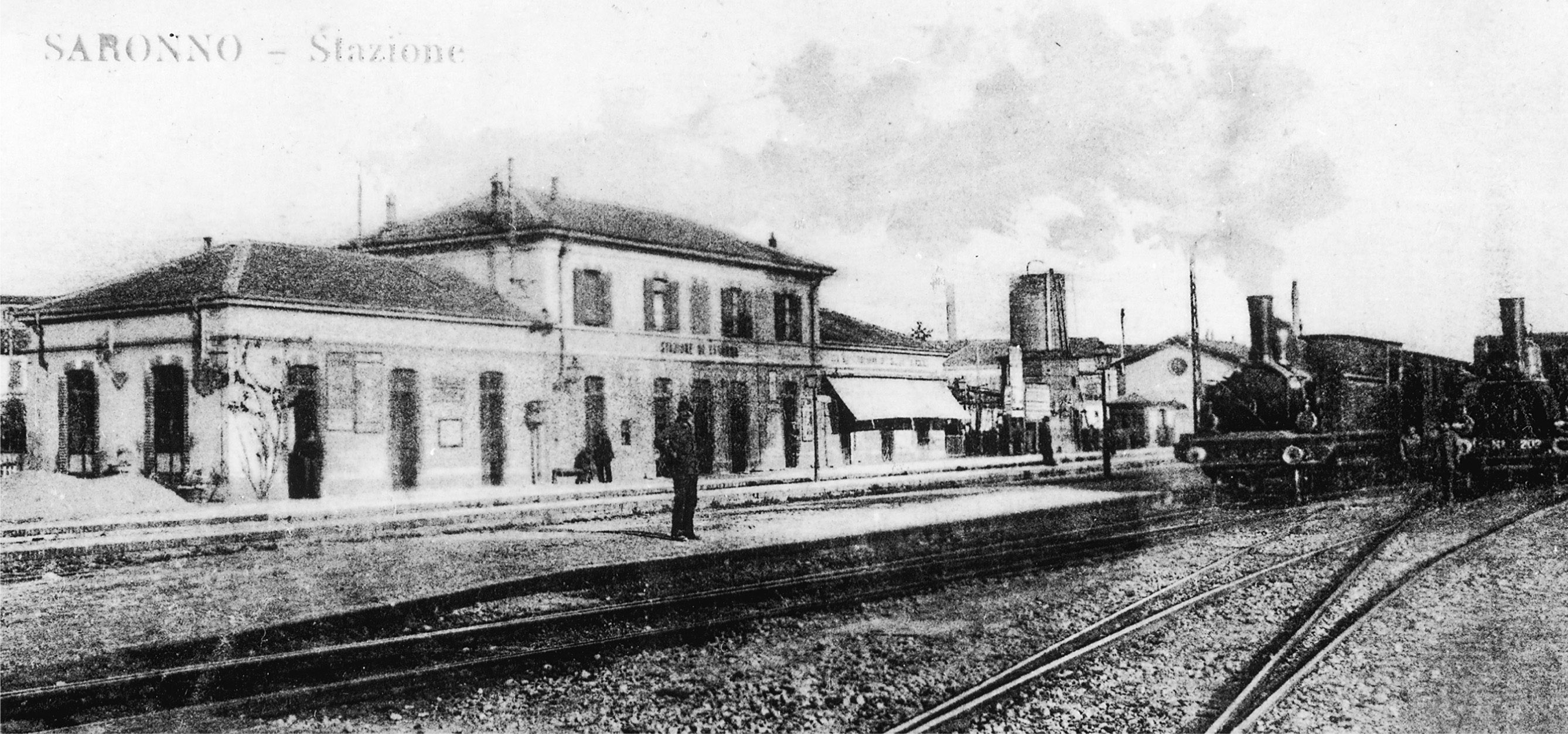
-
1910 - In front of the station
Posing in front of Saronno station, early 1910s
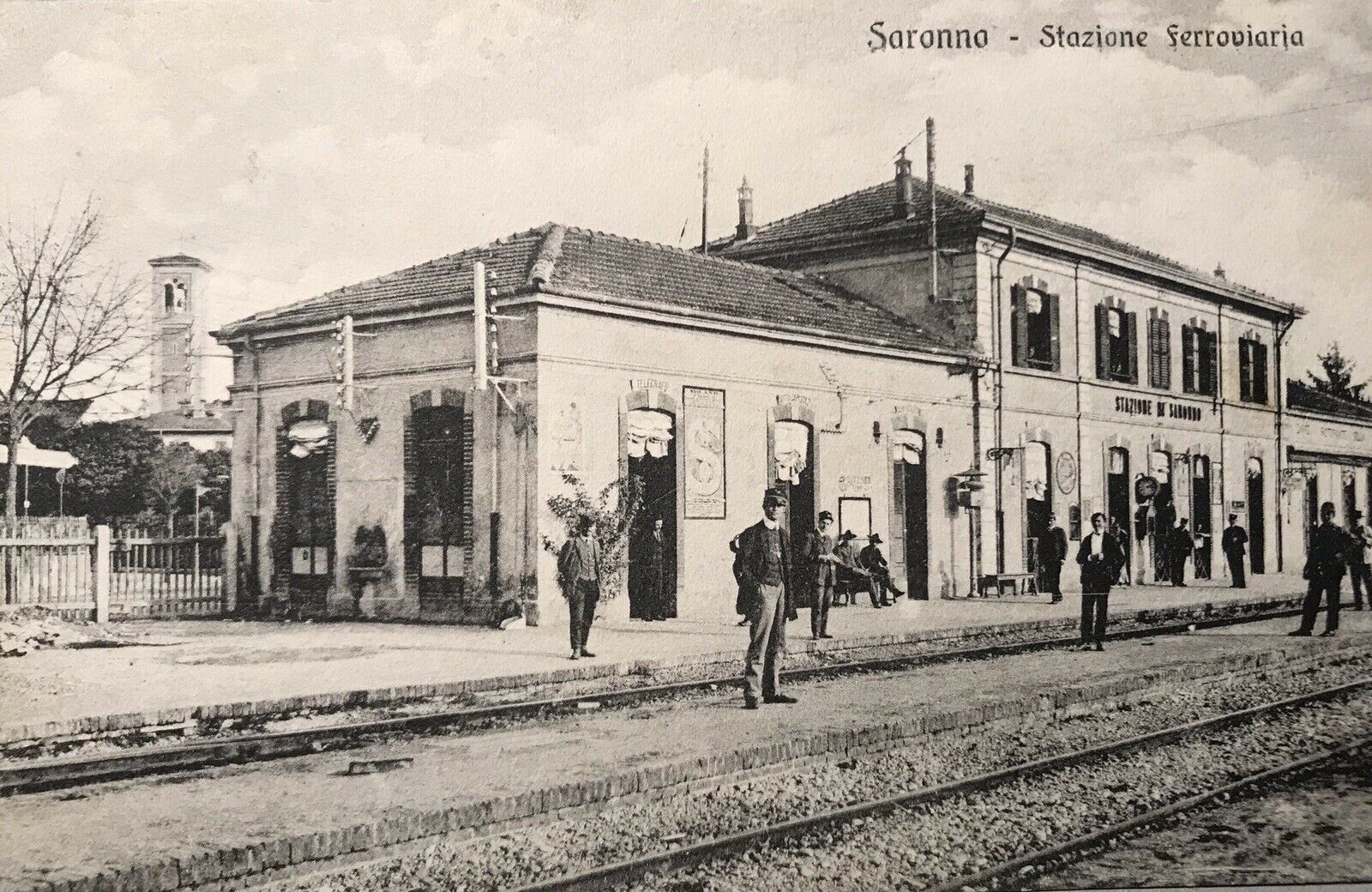
-
1920 - The new canopies
In the 1920s the station was embellished with canopies. The adjoining café-restaurant was provided with signs
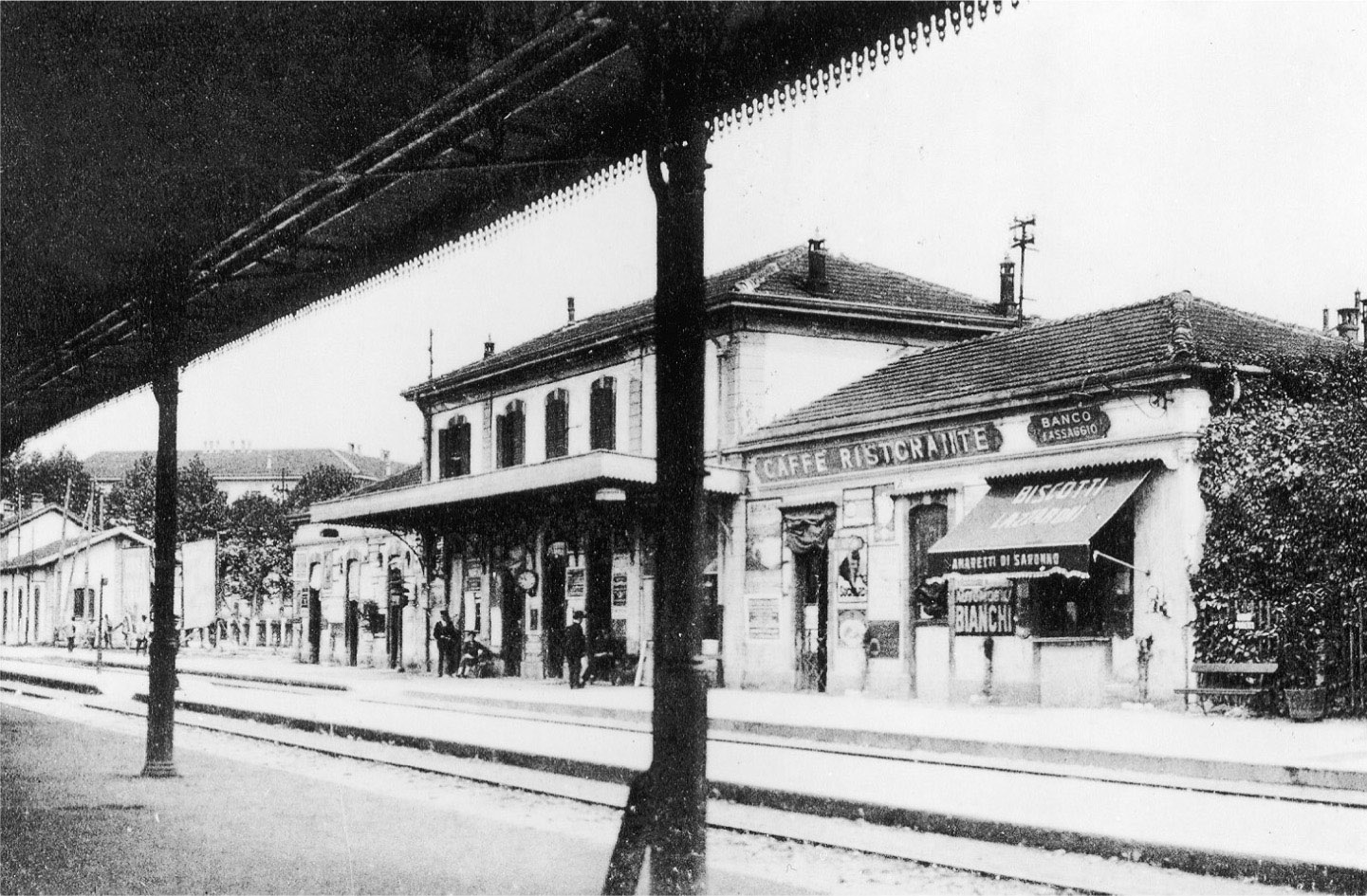
-
1920 - The exterior
External view of the station in the 1920s. The entrance was also fitted with a small but elegant canopy in the Liberty style
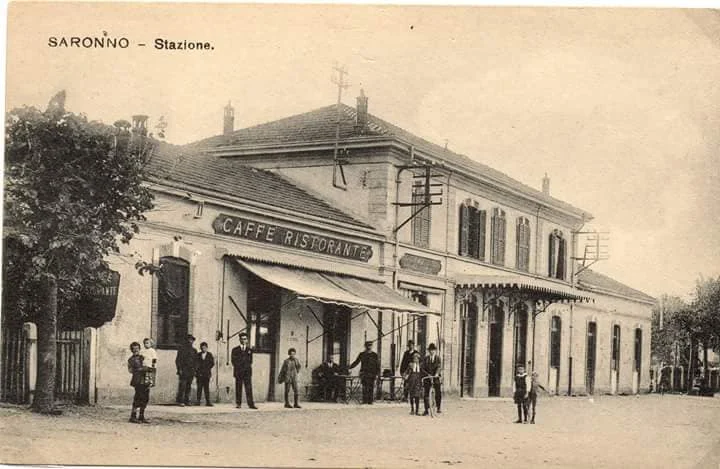
-
1930 - Early 1930s
A postcard showing a view of Saronno station. A “bombolo” (“stationary railbus”) and a 401 steam locomotive can be seen
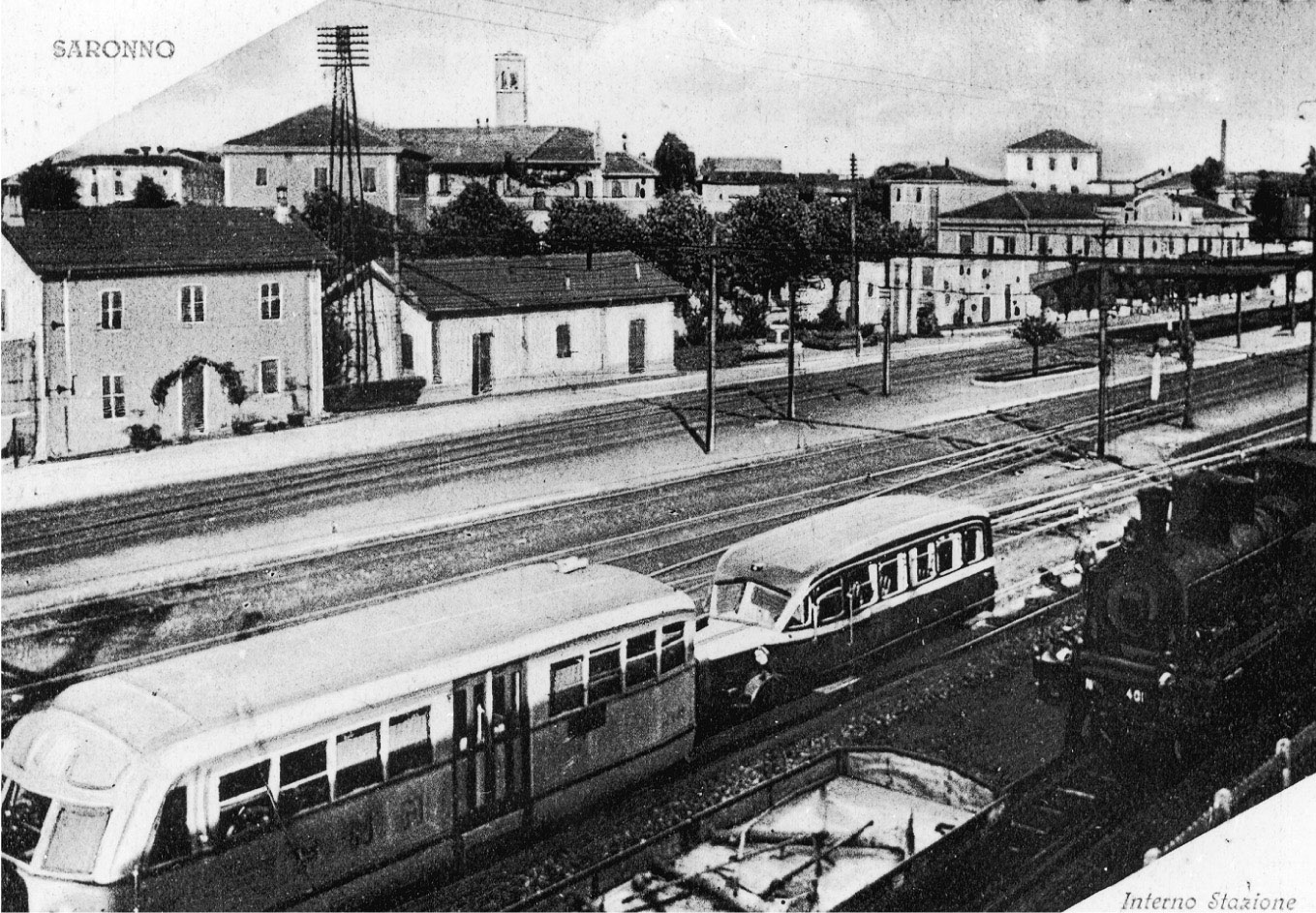
-
1930 - Late 1930s
Station exterior, with a stationary motor coach, in the late 1930s. In the 1930s, the passenger building underwent several architectural modifications which substantially altered its original appearance.
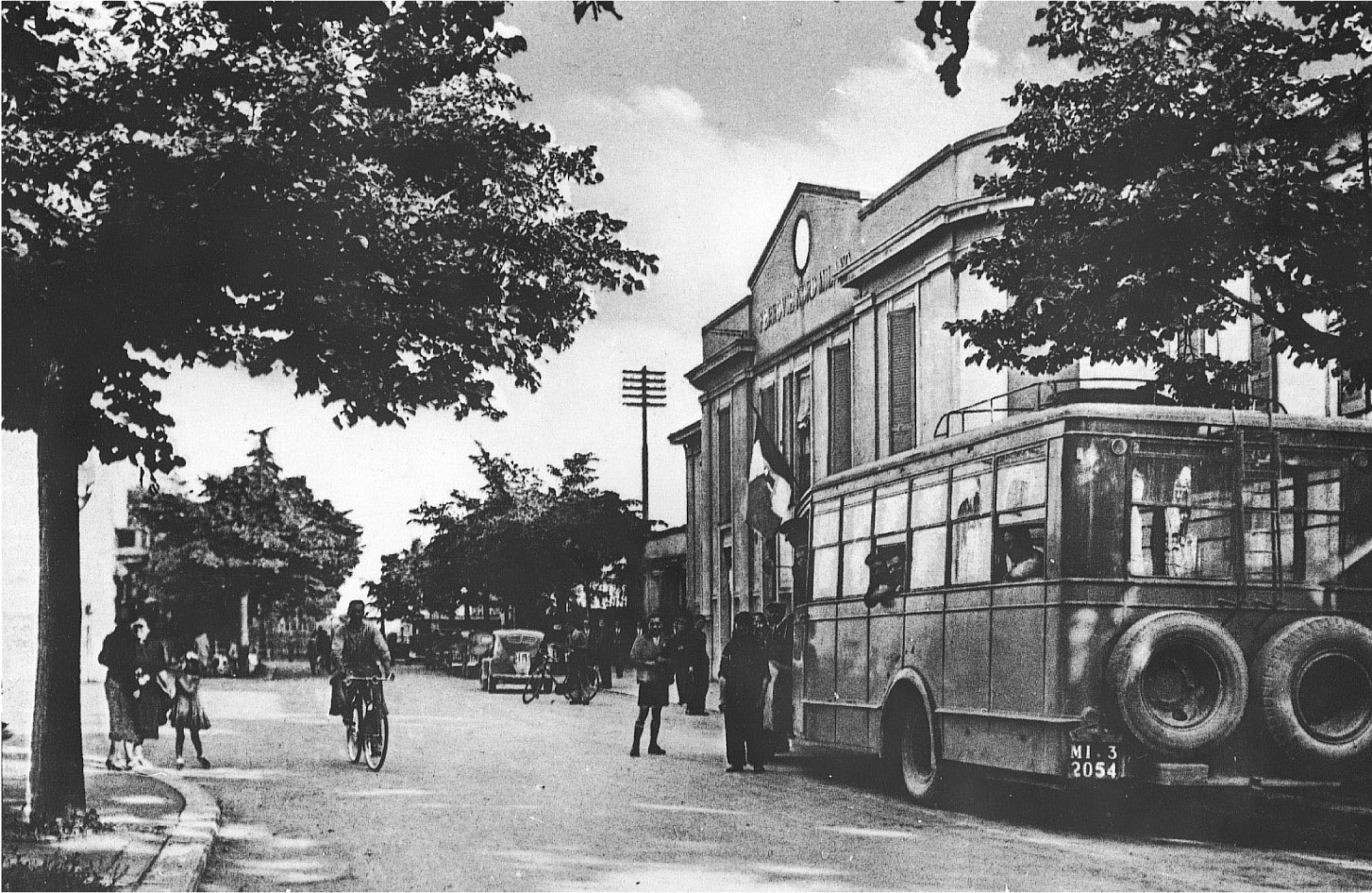
-
1969 - The exterior façade
The exterior façade of Saronno station in an archive photograph dated 11 March 1969
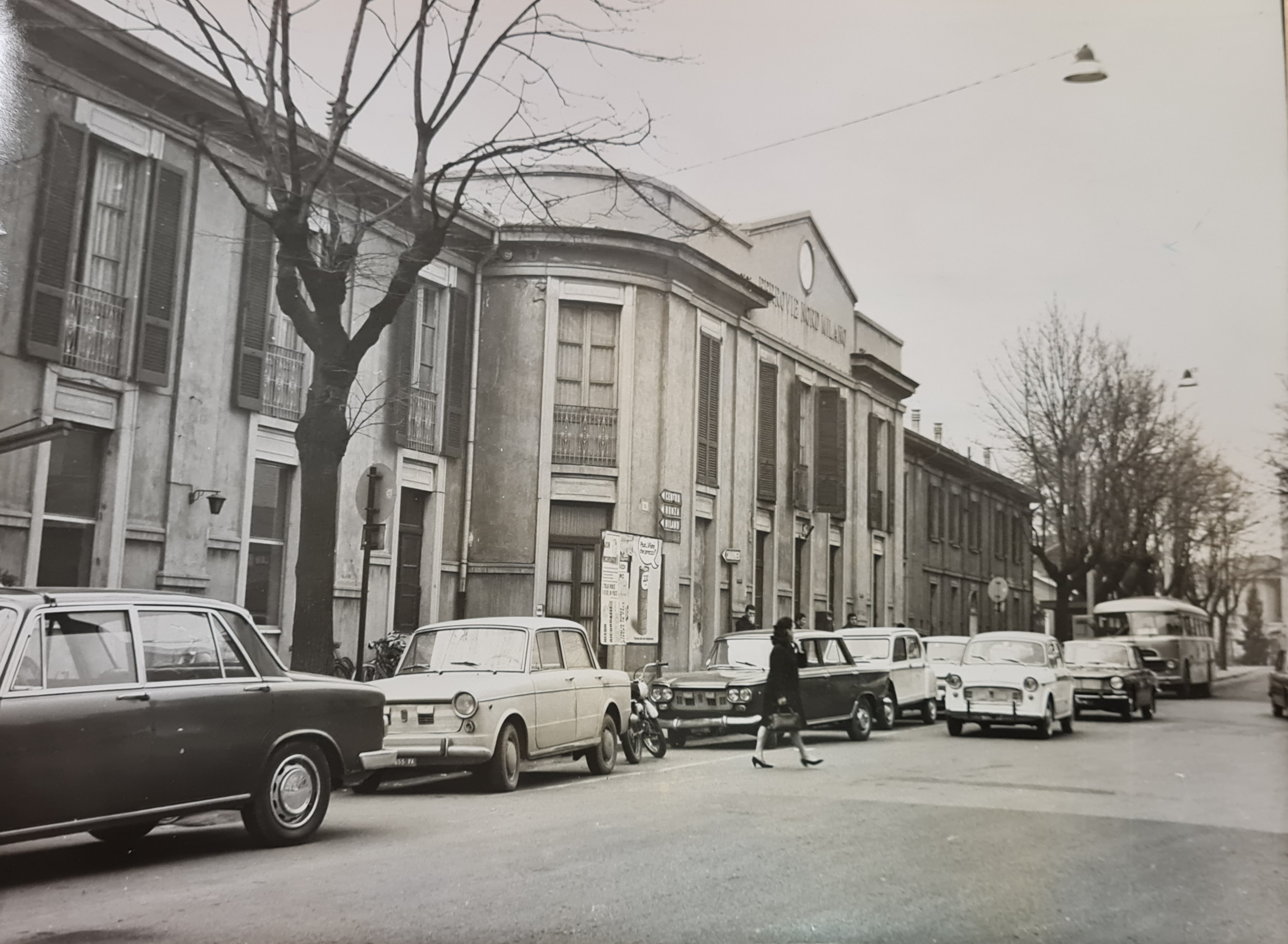
-
1970 - Late 1970s
The station, now even wider, as it appeared at the end of the 1970s
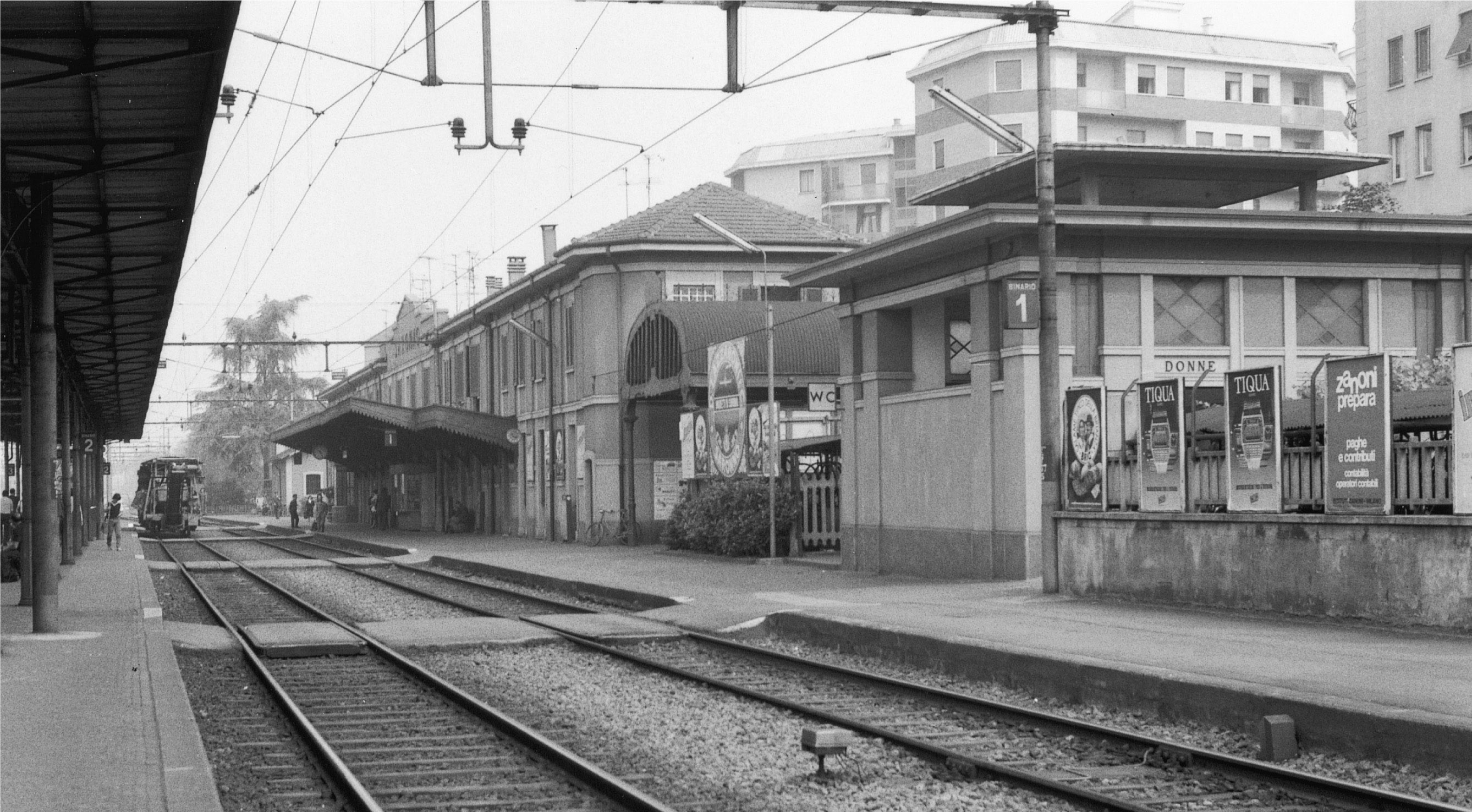
-
2021 - Today
Saronno today in an interesting night-time shot
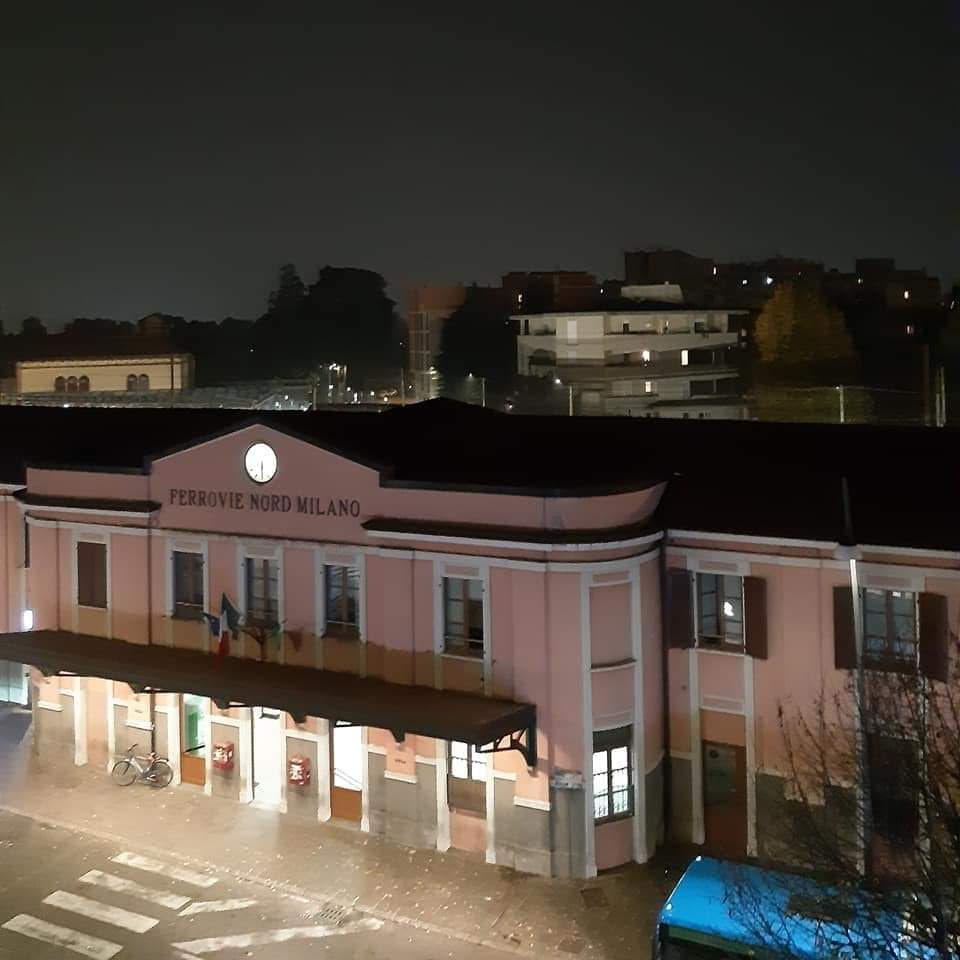
Gallery
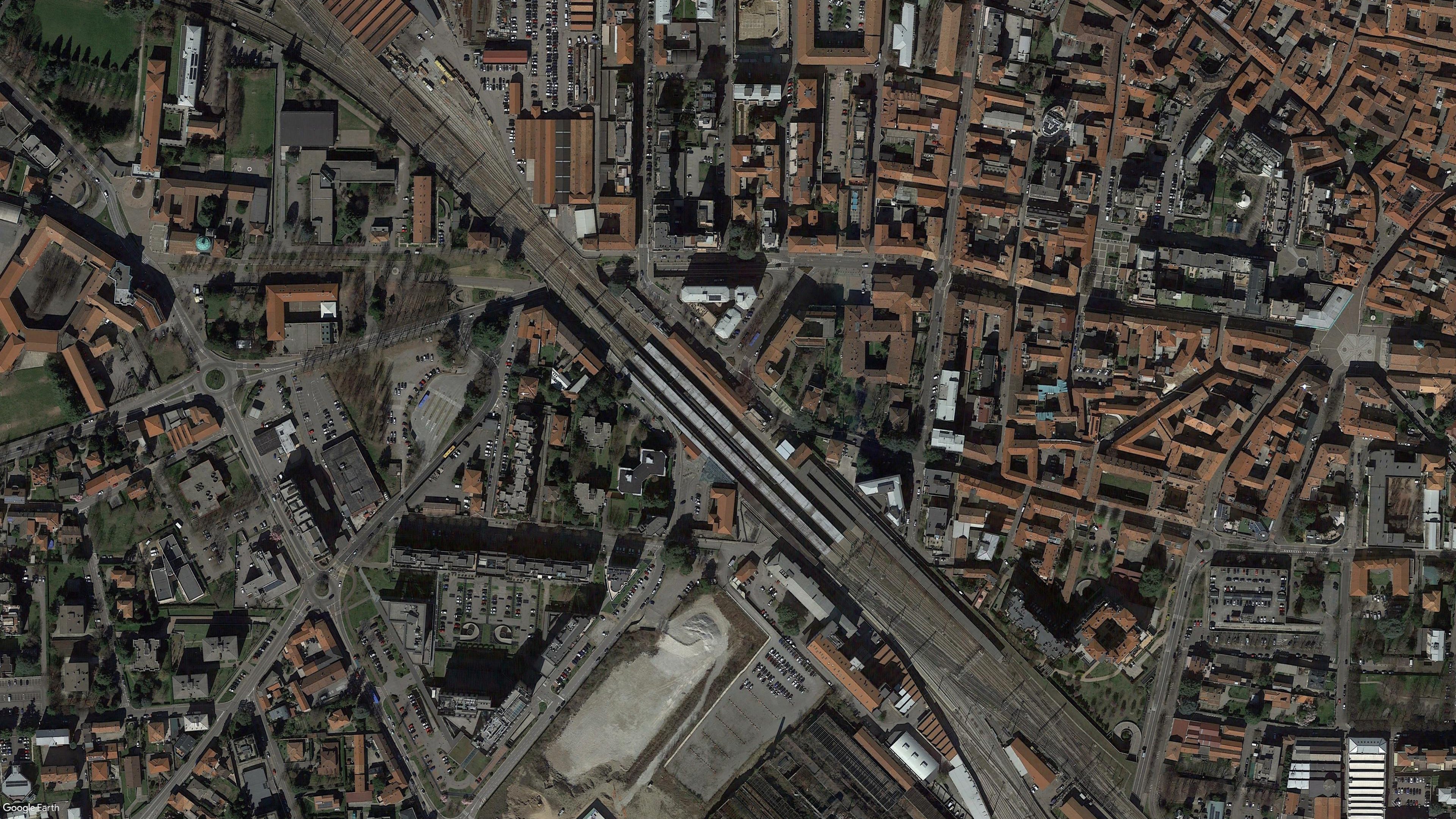
Aerial view of the entire station facility 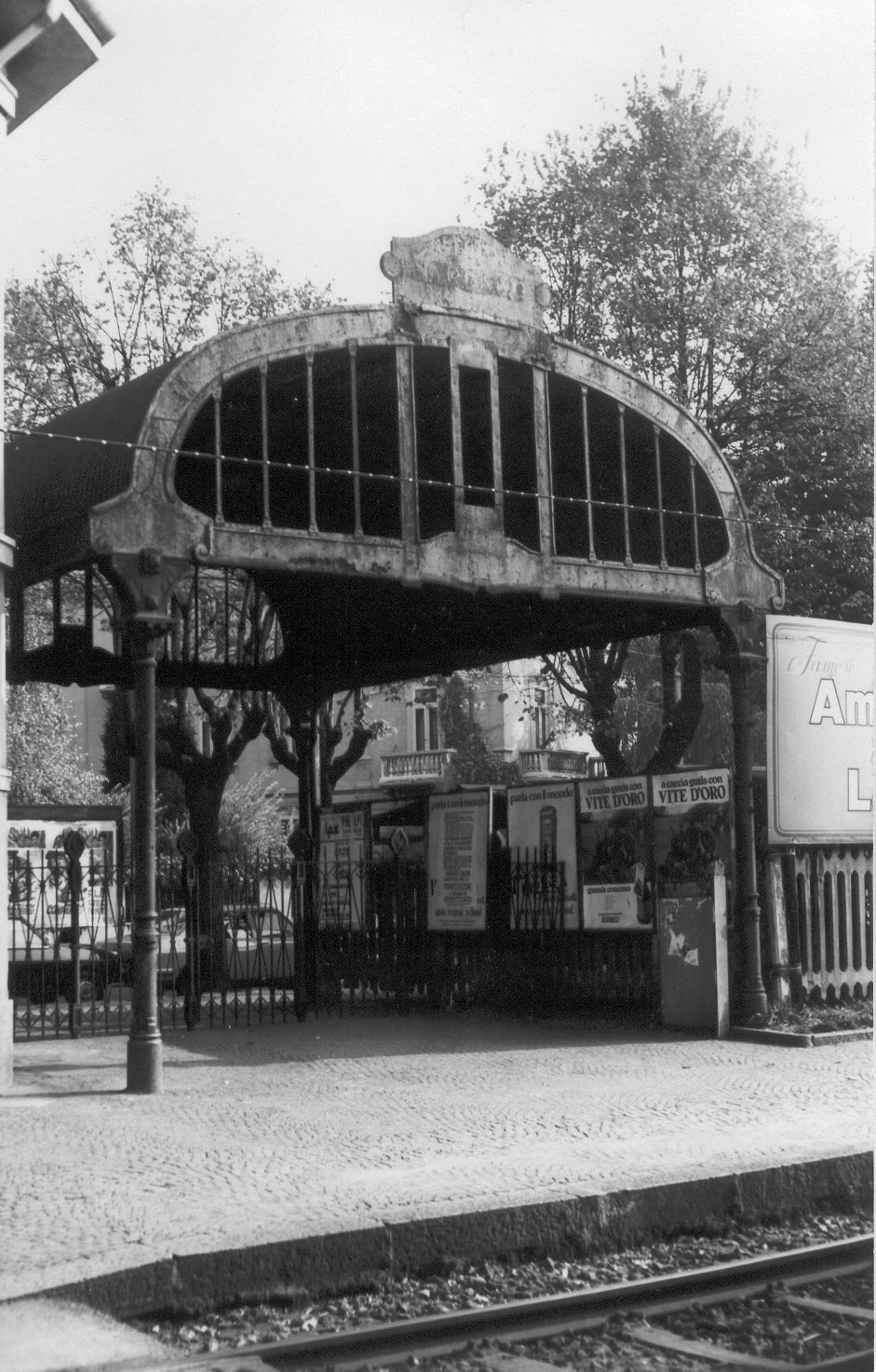
The beautiful Liberty canopy of Saronno station in a photo from the 1970s. Today the canopy is incorporated within the MILS 
View of the Saronno station square in the 1930s following electrification 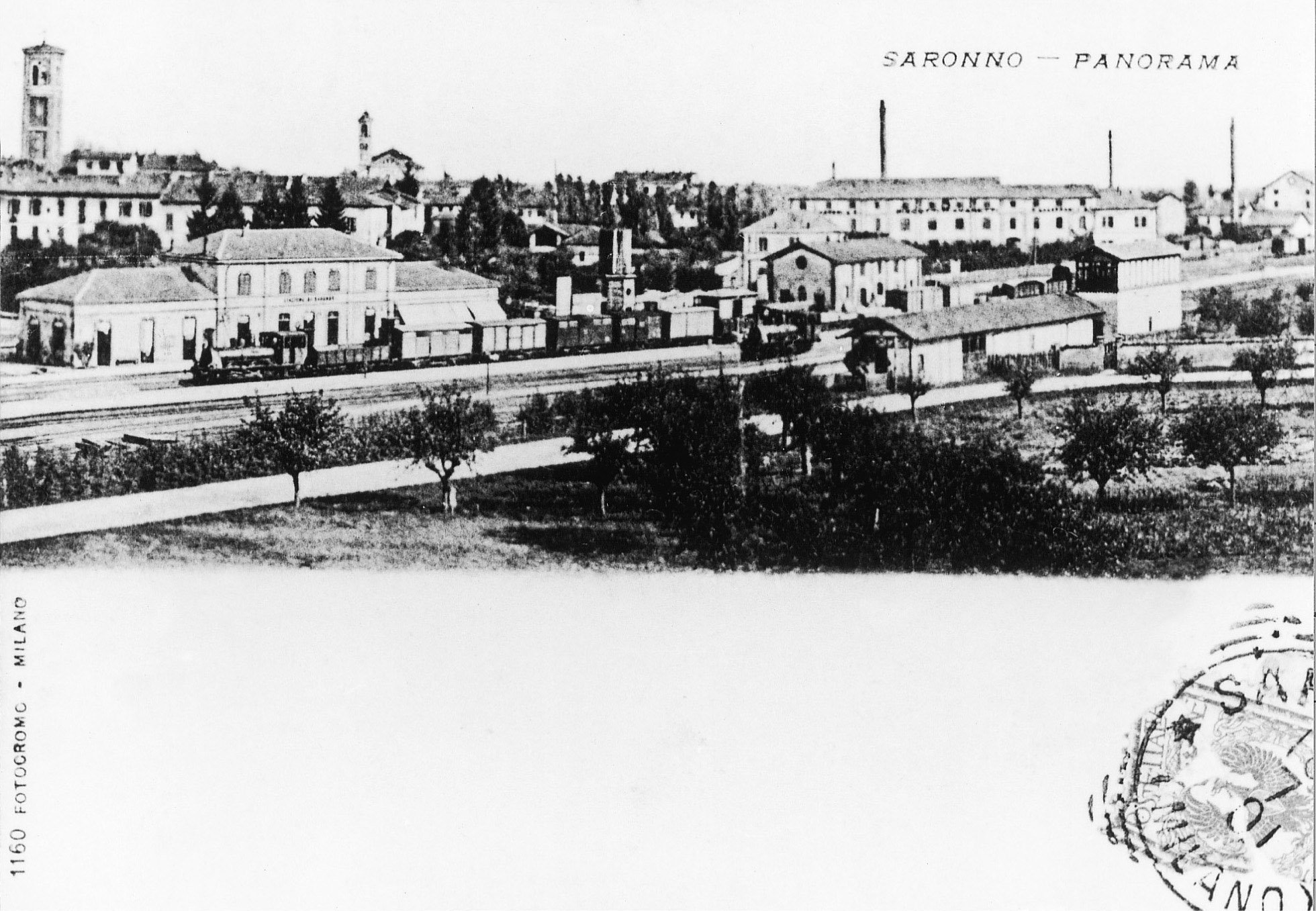
Early 20th century postcard showing a panoramic view of Saronno station. The signal box, that housed a Max-Judel system, can be seen on the right. 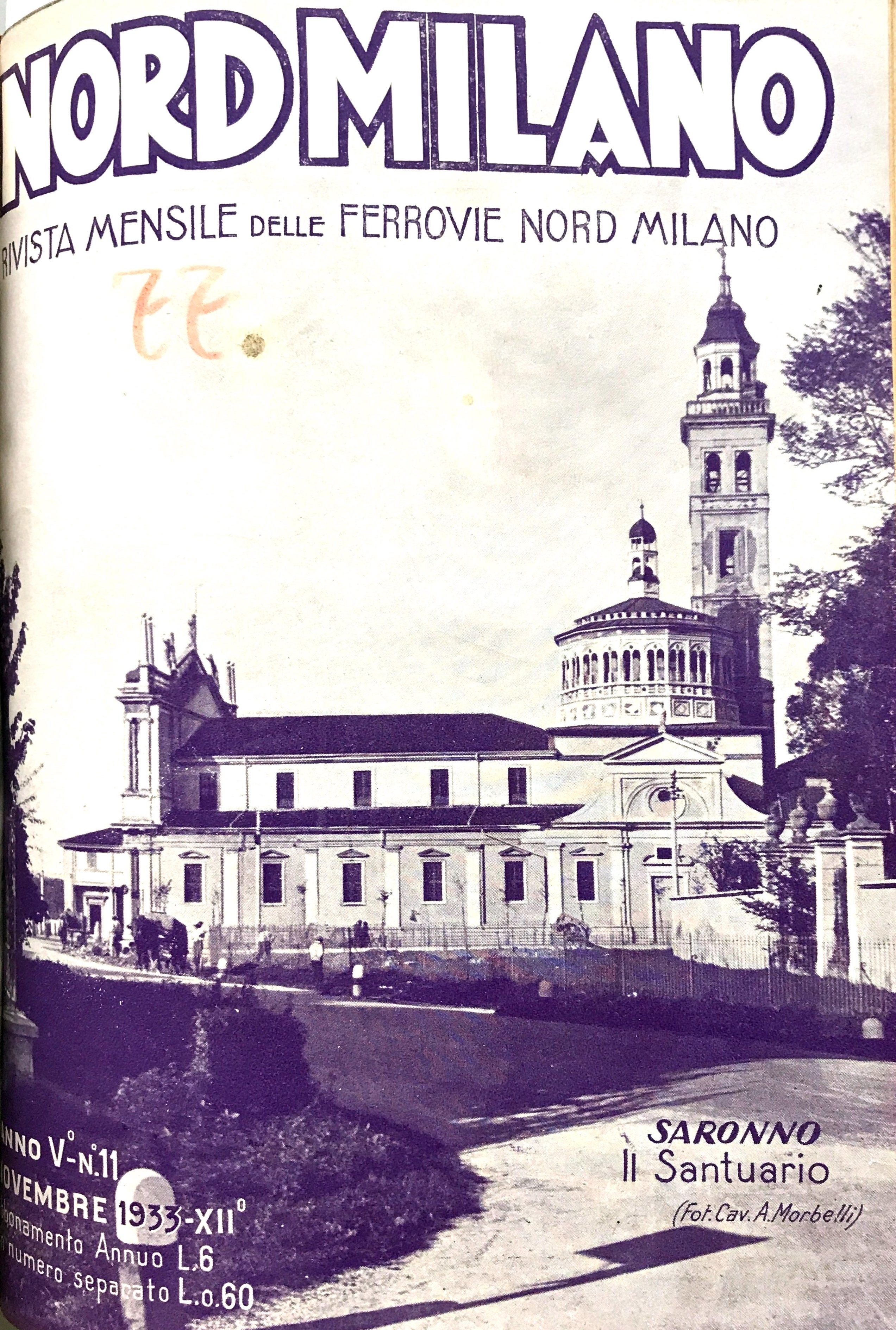
The Saronno sanctuary on the cover of the November 1933 issue of Nord Milano magazine 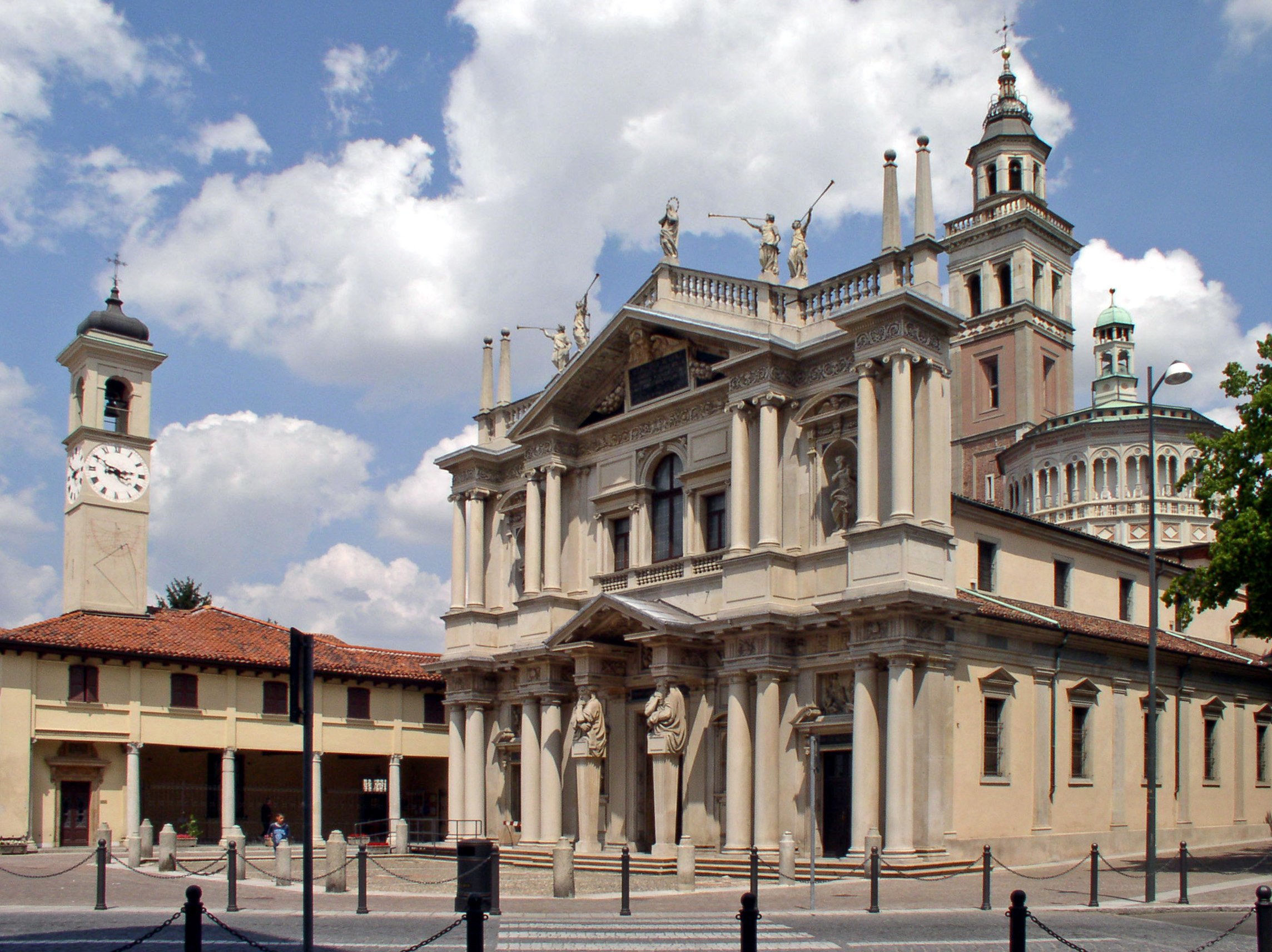
The sanctuary in Saronno, dedicated to Beata Vergine dei Miracoli, was built in the last years of the 15th century and its foundation is rooted in the legendary healing of Pedretto, a young citizen who, through the intercession of the Virgin Mary, regained the use of his legs, compromised by a serious illness. Since then, the offerings and donations that came to the small church, immediately erected on the site of the miraculous healing as an ex voto to the Virgin, led to the creation of one of the most monumental Sanctuaries in Lombardy, a destination of continuous pilgrimages and a place dear to popular devotion, of which St. Carlo Borromeo was particularly fond. The frescoes by Bernardino Luini, the Lombard master active at San Maurizio al Monastero Maggiore in Milan, cover all the walls of the oldest part of the Sanctuary, illustrating true episodes from the life of the Virgin and Christ.